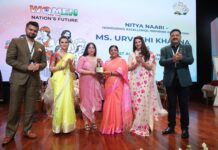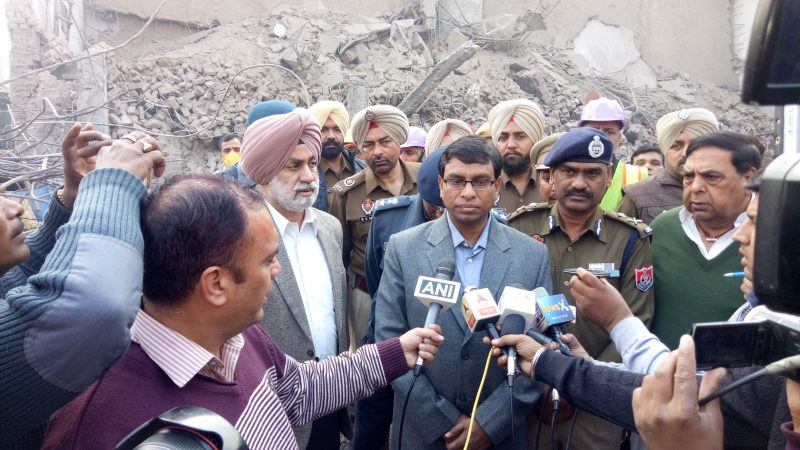LUDHIANA, April 11 (000): To effectively monitoring the nutrition supply is being given to the children in Anganwari centres, the Ministry of Women and Child Development would hand over smartphones to Anganwari workers of Punjab for ‘instantly reporting’ on a daily basis.
Apart from this, officials at districts and block levels would get tabs to supervise the functioning of Anganwari workers and centres.
Initially, the four districts including Ludhiana, Sri Muktsar Sahib, Mansa, and Faridkot have been selected under Integrated Child Development Scheme (ICDS) for the pilot project by the Ministry of Women and Child Development where Anganwari workers would get the smartphones having Common Application Software (CAS) in it.
CAS would have two applications that include Aanganwari Worker Application and Supervisor Application. Aanganwari Worker Application will function in smartphones and supervisor application will run on tabs.
The Anganwari workers would enter the details including the number of children, their health status including weight, nutrient supply in the diet being given to them daily and their seniors would keep an eye on them through tabs.
Divulging more details, District Program Officer Mrs Rupinder Kaur said that this would help to evaluate the performance of the Anganwari workers under the scheme whether the recommended diet is being given to the children at the centres.
She told that it would also give prompt reporting about nutrient supply to the children and their health updates hence it would be easy to identify the malnourishment among children and special emphasis can be given on them by our teams.
This up-gradation of the system would help to get real-time reports from the grassroots level, she added.
She stated the master trainers have provided training to the officials and Anganwari workers about operating the software.
The Ludhiana has 2487 Anganwari centers in its 16 blocks that include four urban and 12 rural.














